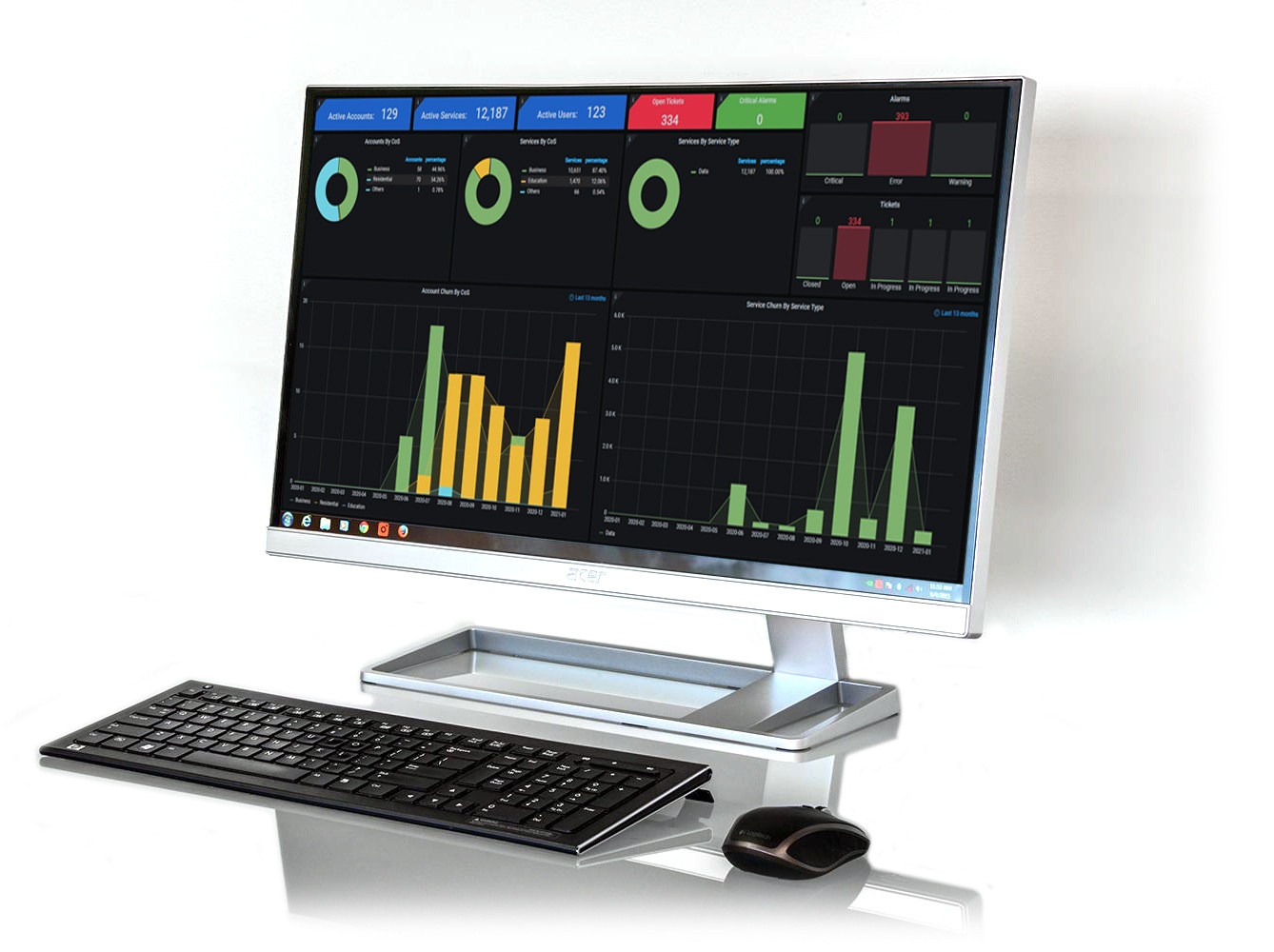Private APN and IPSec Compared
Private APN vs. IPsec
Private APN and IPsec protocols are both cyber security methods designed to secure your IoT network, but one offers greater security and data usage optimization.
We delve into the distinctions between these approaches, highlighting the cost and time management savings associated with Private APNs in IoT security solutions.
Let's Start with an IPsec Diagram
A visual explanation of IPsec Protocol
Brief Explanation of IPsec in IoT
The standard protocol for securing network communication, IPsec protocol protects data packet confidentiality, integrity, and authenticity through encryption. In IoT, encrypted packages travel from IoT or edge devices through IPsec tunnels.
IPsec Tunnels
IPsec Tunnels are secure pathways between device and destination that allow data packets to travel securely through untrusted networks (public cellular carrier networks or MNOs).
IPsec Tunnel Setup
IPsec tunnels are initiated between devices and networks through a variety of authentication methods — keys, user name/passwords, or digital certificates. In order to establish authenticity for an IPsec tunnel, the Public Static IP must be visible to the public network.
This is a key difference between IPsec and Private APN setups — each device’s Public Static IP is visible on the public network, an inherent security risk related to IPsec. In a Private APN setup, that IP address is not visible outside of the secure network.
IPsec Tunnel Maintenance
A unique IPsec tunnel must be individually created for every device and each tunnel must be maintained by sending “keep-alive” or “heartbeat” signals.
Check-in costs are charged by the carrier. So, each heartbeat means extra data usage charged back to you, typically 40-80 bytes, just to keep the tunnel open.
Without these check-ins, the tunnel collapses and requires reauthentication between the device and secure network.
An IPsec tunnel collapse means your device has lost connectivity to your secure network. The device is “not working.” Troubleshooting the cause of the outage for each device is not so simple — it could be device-related, SIM card related, carrier outages, etc. Identifying the cause of an outage requires time and IT resources.
IPsec Highlights
- IPsec tunnels between device and network secure data flow through public Internet networks
- IPsec tunnel setup and maintenance is tedious
- Each device's Public Static IP is visible to public
- Data packets are encrypted so contents are not visible to public Internet
- IPsec tunnels require "keep-alives" to maintain connectivity
- Encryption typically adds 26-1000 bytes of data per data packet
- Routing overhead for "keep-alives" is typically 40-80 bytes
Now, A Private APN Diagram
A visual explanation of Private APN
Private APN For IoT Deployments
Private APN similarly protects your data packets through encryption, but the key difference is that Private APNs create a separate secure network exclusively for your data and devices.
Private APNs are maintained by your mobile network operator (MNO) and are not visible to the public network.
IPsec protocol secures your data, but still relies on public Internet networks to transfer data. As demonstrated in the diagram above, Private APNs create a closed network — an isolated ecosystem for your IoT devices and network communication.
Key Advantages of Private APN
Private APN is the optimized IoT security solution compared to IPsec. Cost savings, simplified setup and scalability, more reliable connectivity, and greater security make Private APN the better solution for securing your IoT data and devices.
Cost Savings
Remember the keep-alives / heartbeats required to keep an IPsec tunnel alive? The messages between device and network that use up data just to maintain the secure connection? Those data packets add up, and that usage is charged back to you just like any other data usage accounting for significant traffic overhead.
Typical traffic overhead for keep-alive messages is around 40-60 bytes. Depending on your network requirements and configurations, the keep-alive frequency could be seconds, minutes or hours. In many IoT use cases such as narrowband IoT or low data usage IoT, that overhead makes up more than 50% of the total data usage!
In addition to traffic overhead associated with IPsec tunnels, typical IPsec data packet encryption adds anywhere between 26-1000 bytes per payload.
In other words, you pay for an additional 26-1000 bytes in usage for every data packet sent through IPsec. No additional encryption “weight” is added to data packets with Private APN, leading to significant savings in data cost over IPsec.
Ease of Setup & Management
Securing your IoT network with Private APN is much more streamlined than IPsec protocol. Because your devices operate within a private network, it is not necessary to setup a new IPsec tunnel for each device.
Scalability within Private APNs is a huge advantage over IPsec. The time saved on tunnel setup and management alone is invaluable.
New devices can be added to the network securely by providing the IMEI and SIM card number to your MNO (mobile network operator). With some simple remote configuration, your device and data will be available on your network, and its status and usage can be monitored through a variety of tools.
Network updates and changes don’t require the meticulous attention that updating IPsec requires. IPsec security measures are much more likely to get stale and vulnerable because it is so resource-intensive to update every tunnel.
Once your Private APN is setup, ongoing management is minimal. Private APNs do not require the heavy burden on IT associated with IPsec — monitoring tunnel status, encryption keys, and troubleshooting issues.
Improved Connectivity
Since Private APNs operate in a closed environment, they typically get prioritized network resources from the MNO. The ability to customize data and traffic provides further connectivity optimization, where specified traffic types and sources are allowed to flow and non-essential usage is throttled or blocked completely.
Greater Security
There is less inherent risk of unauthorized access or cyber attack with Private APN because your devices and encrypted data do not have to pass through the public Internet. Because your devices operate within your private network, their Public Static IP is not visible on the public network and therefore not a visible target.
Private APN Highlights
- Private APNs are private networks within the MNO networks, not visible to public Internet
- Private APNs are managed by mobile network operators (MNOs)
- Device IPs are not visible to public Internet
- Devices operate within the Private APN, so no per-device-tunneling is required
- No routing overhead or extra data usage/cost
- Data packet encryption and data cost is not charged by MNO
- Adding new devices to Private APNs is simple
Ready to Setup A Private APN?
SIMETRY provides Private APNs to create your own optimized private network for IoT.
Scale your business securely by adding new and existing devices to a Private APN of your own.
Contact our sales team below for a quote on superior IoT security, network optimization, and exceptional 24/7 US-based support.

Access your private network and control data usage from your branded Private APN portal.
Contact Sales
A dedicated account manager will be in touch.
Estimated time to complete: under 1 minute.
- Speak with sales
- 1-833-746-3879
- Mon-Fri 8AM-5PM CST
- Build an IoT plan
- Get a hardware quote
- Onboard your devices
